Transforming your garden into a haven for butterflies is not only a delightful endeavor but also a rewarding one. By creating a butterfly-friendly environment, you invite these enchanting creatures to grace your outdoor space with their colorful presence while supporting their essential role in pollination. In this guide, we’ll explore the key elements of designing a butterfly garden, from plant selection to habitat creation, to help you create a sanctuary that attracts and nurtures butterflies throughout the seasons.
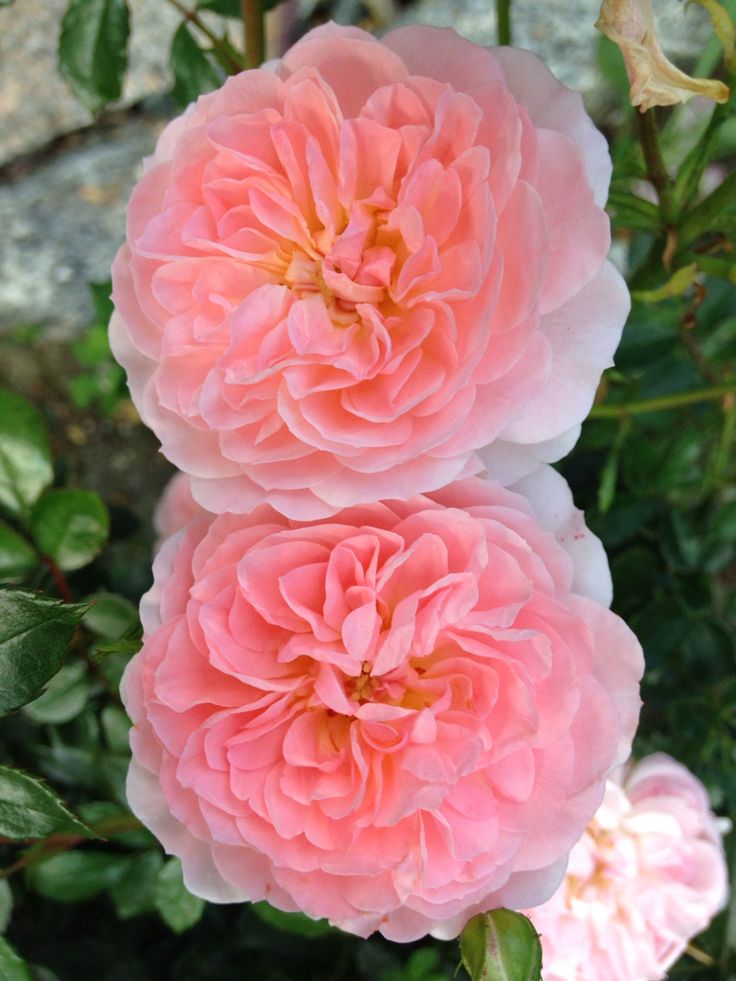
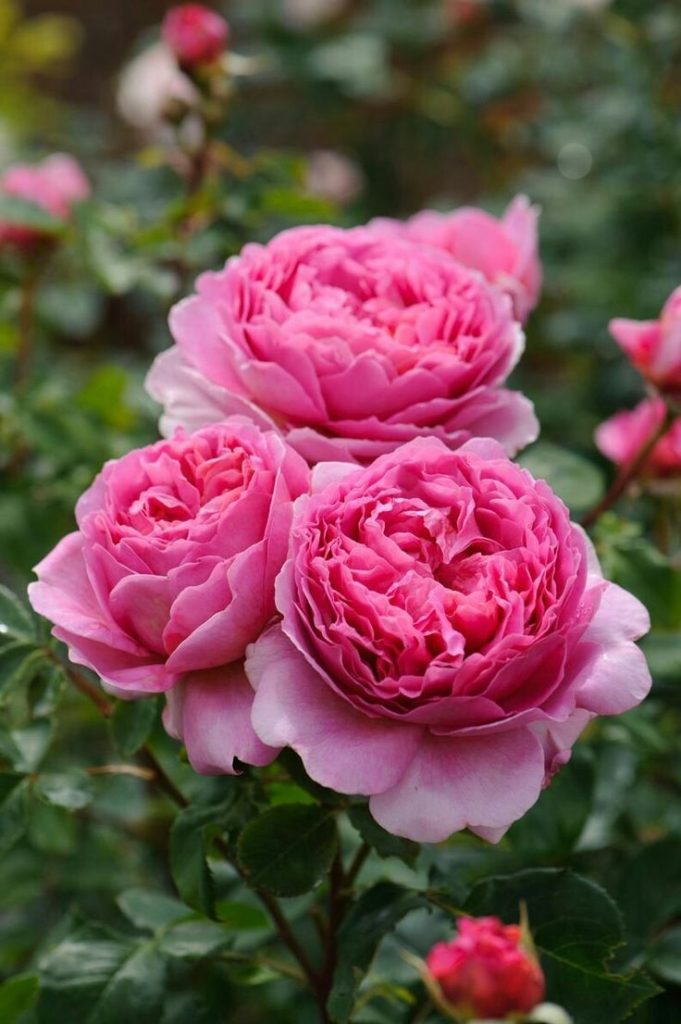
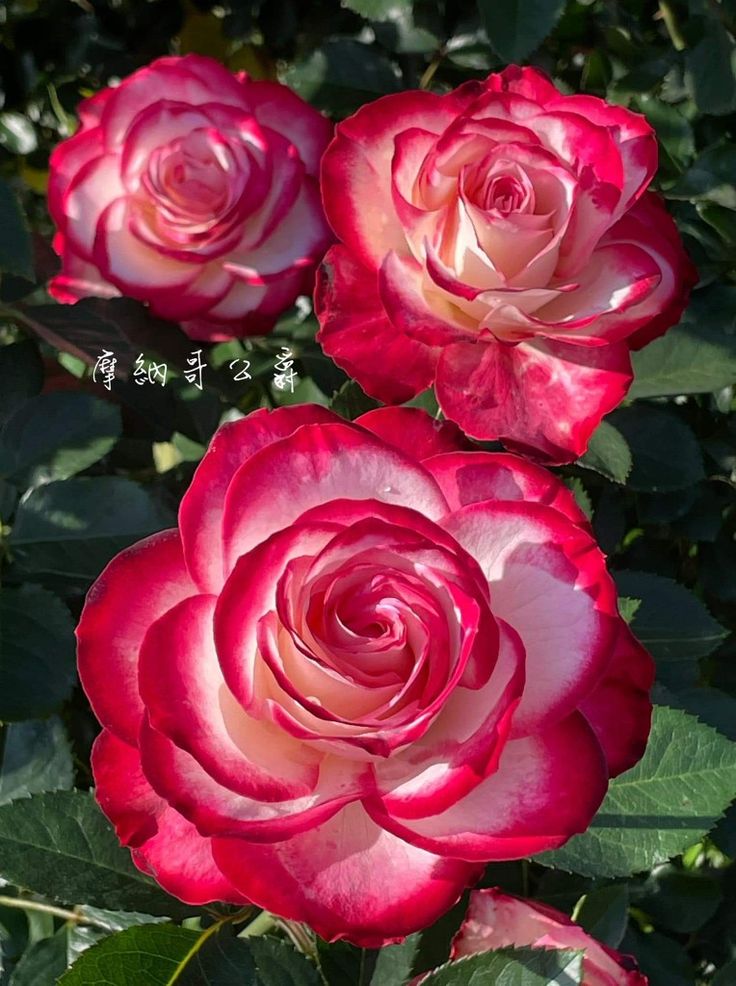
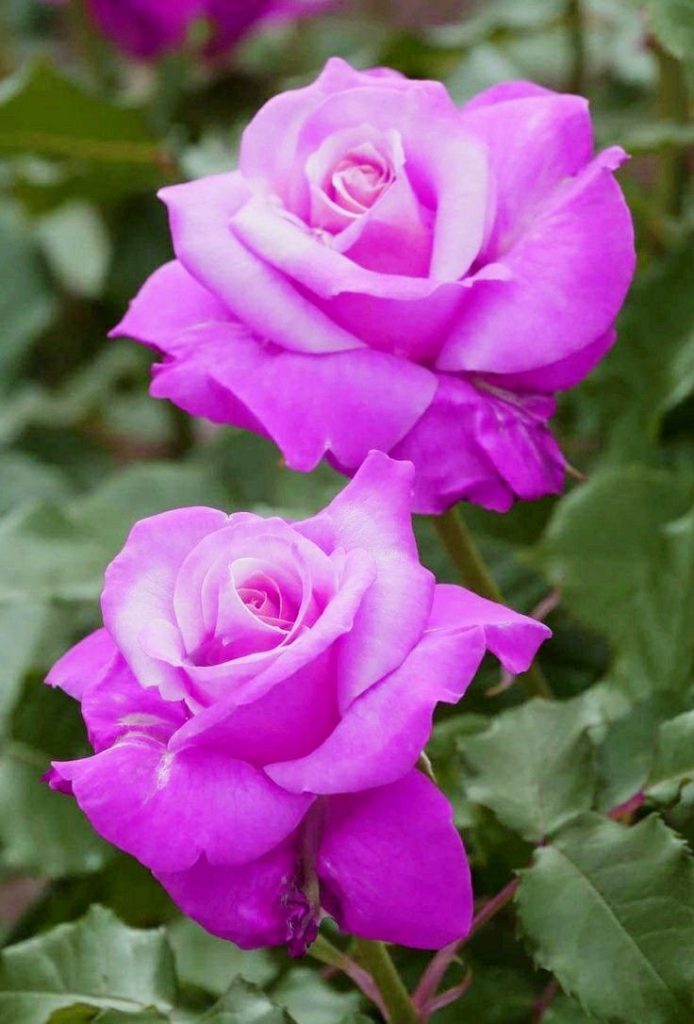
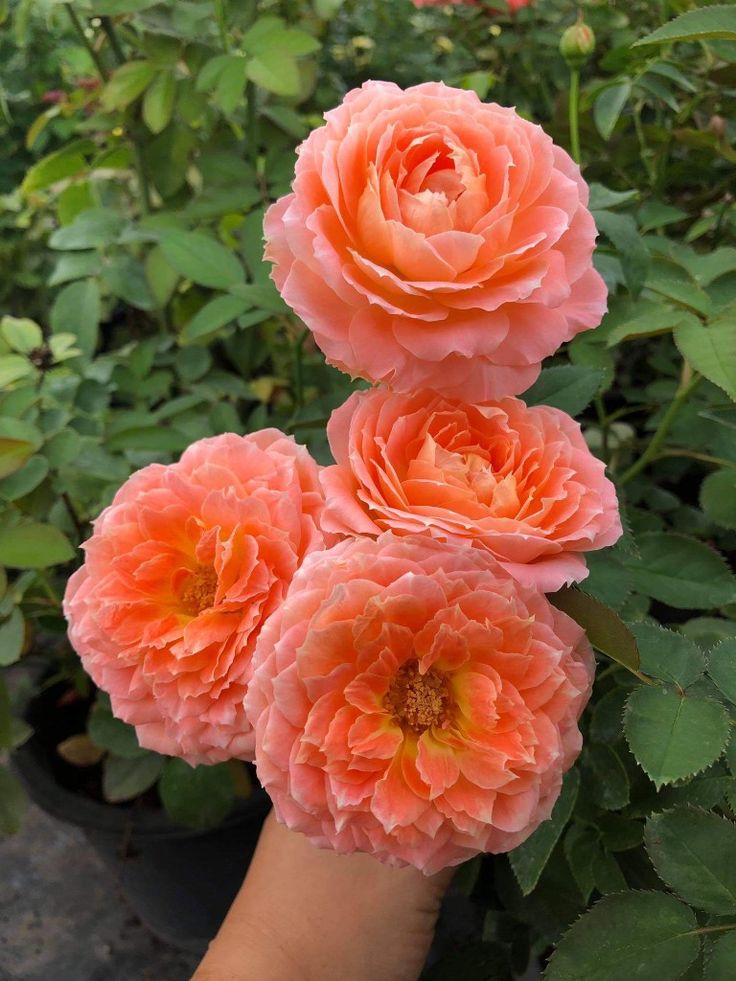
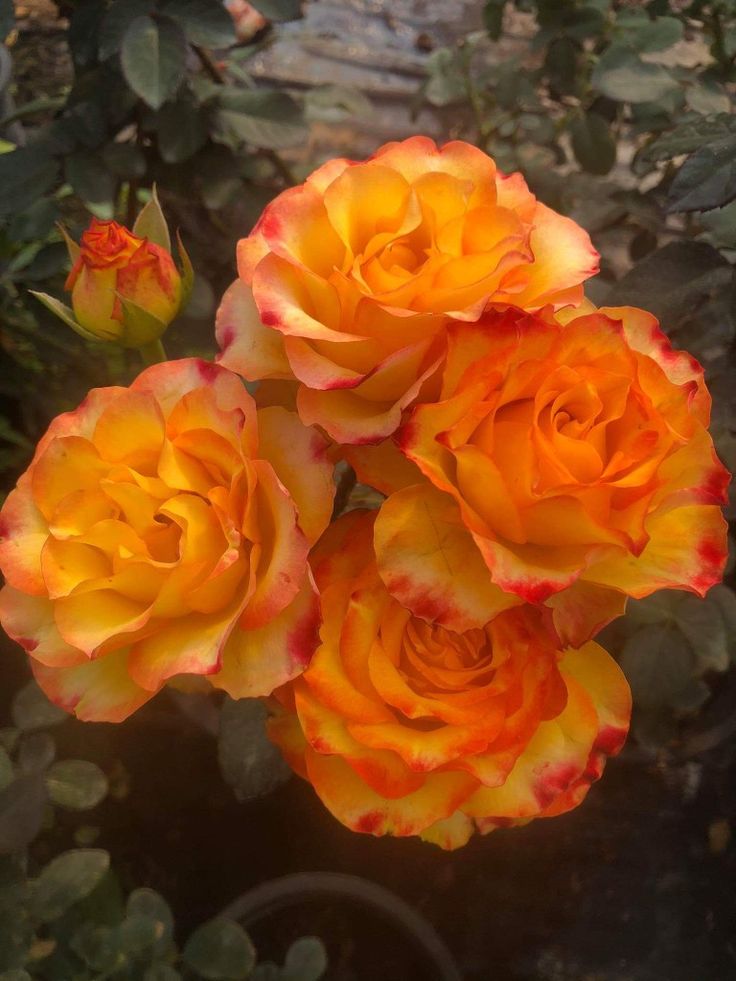
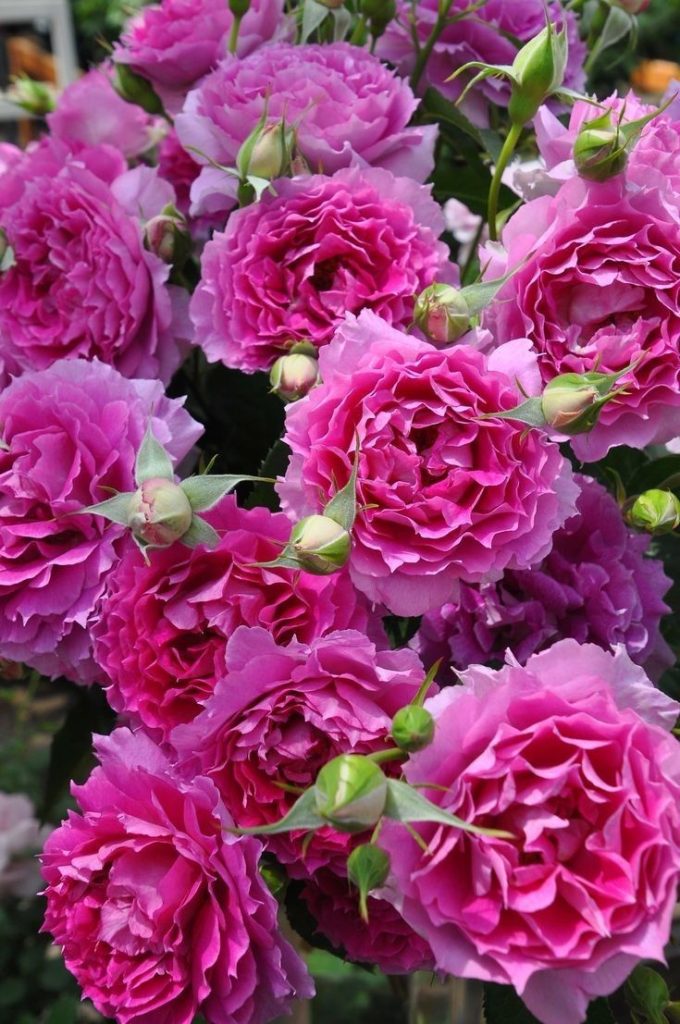
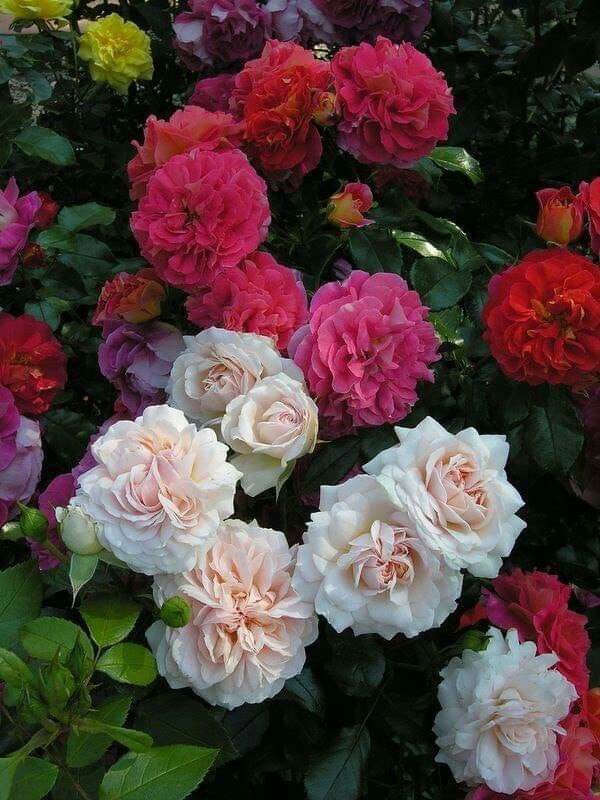
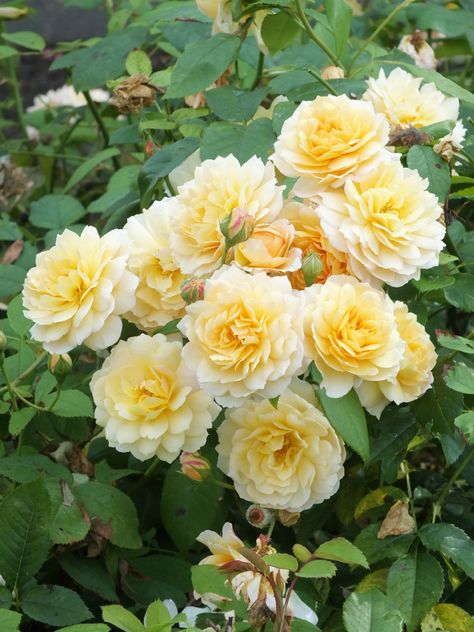
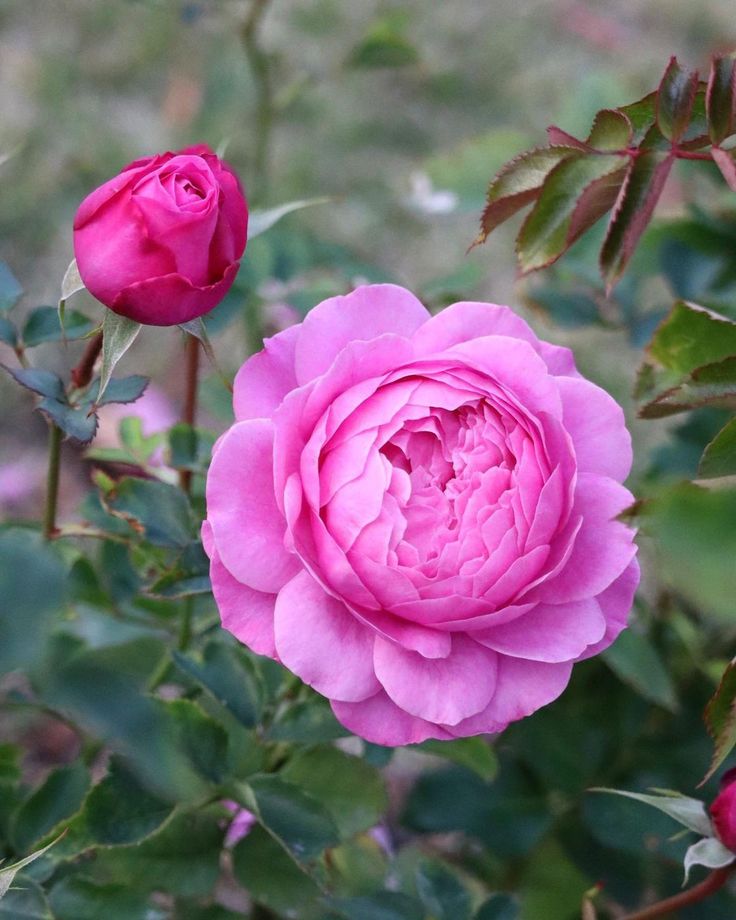
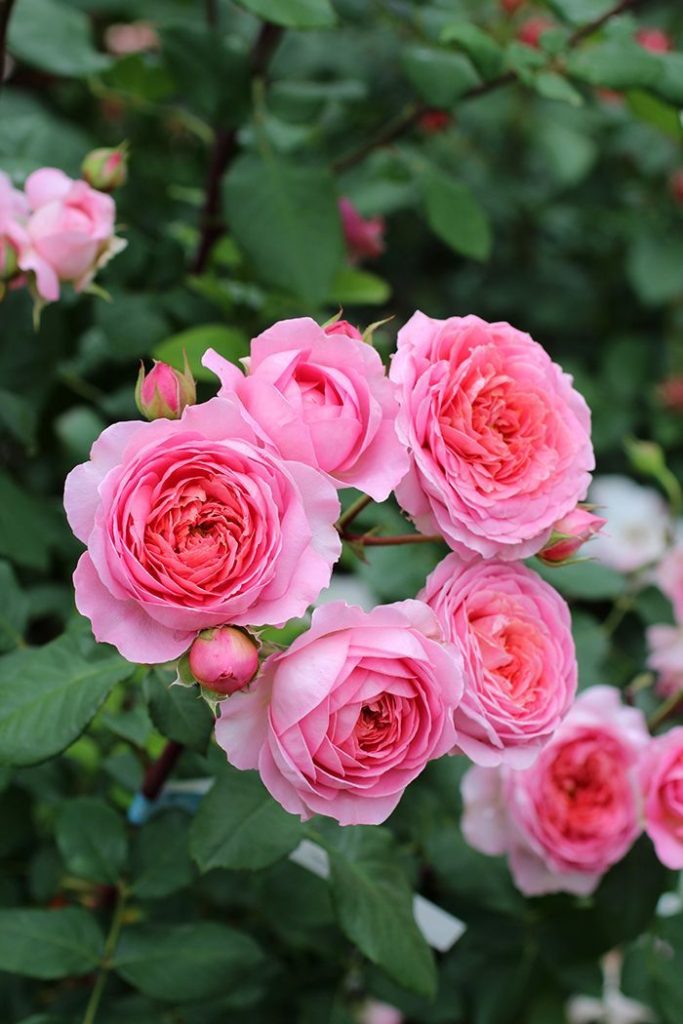
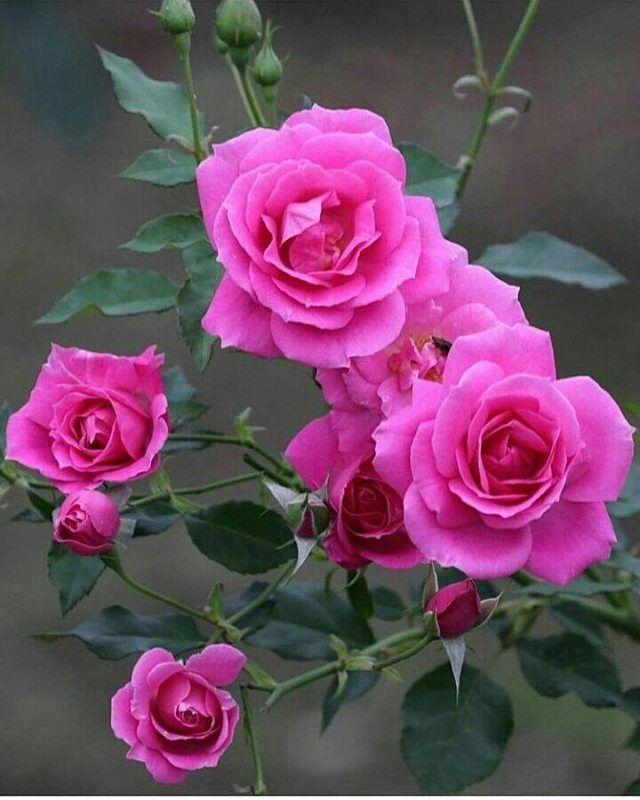
Understanding Butterfly Habitats
- Plant Diversity: Butterflies are attracted to a wide variety of flowering plants that provide nectar, the primary food source for adult butterflies. Choose a diverse selection of nectar-rich flowers with different shapes, sizes, and colors to attract a wide range of butterfly species.
- Host Plants: In addition to nectar plants, incorporate host plants into your garden to provide food and habitat for butterfly caterpillars. Different butterfly species have specific host plant preferences, so research native plants that serve as larval food sources for butterflies in your region.
Selecting Butterfly-Friendly Plants
- Nectar Plants: Choose flowering plants that produce abundant nectar and have long bloom periods to provide a continuous food source for adult butterflies. Examples include butterfly bush, coneflower, milkweed, verbena, and lantana.
- Host Plants: Research host plants that support the lifecycle of local butterfly species and include them in your garden. For example, monarch butterflies lay their eggs exclusively on milkweed plants, while swallowtails favor plants like dill, parsley, and fennel.
Creating Butterfly-Friendly Habitat
- Sunlight and Shelter: Butterflies thrive in sunny, sheltered environments with access to sunlight for basking and warming their wings. Provide open, sunny areas in your garden where butterflies can feed and rest, as well as sheltered spots with shrubs or trees for protection from wind and predators.
- Water Sources: Butterflies need access to water for drinking and puddling, especially during hot weather. Create shallow puddling areas with damp sand or soil, or provide a shallow dish filled with water and pebbles for butterflies to perch on while drinking.
Designing Your Butterfly Garden
- Layout and Structure: Plan your garden layout to include a mix of nectar plants, host plants, and habitat features such as rocks, logs, and boulders for perching and sunning. Create naturalistic drifts of flowers and incorporate winding paths to encourage exploration and discovery.
- Color and Fragrance: Choose plants with vibrant colors and fragrant blooms to attract butterflies and enhance the sensory experience of your garden. Butterflies are particularly drawn to bright colors like red, orange, yellow, and purple, as well as sweetly scented flowers.
Maintaining Your Butterfly Garden
- Regular Maintenance: Keep your butterfly garden healthy and vibrant by regularly watering, weeding, and mulching to suppress weeds and conserve moisture. Deadhead spent flowers to encourage continuous blooming and remove any damaged or diseased plant material to prevent pests and diseases.
- Avoid Chemicals: Minimize or eliminate the use of chemical pesticides and herbicides in your butterfly garden, as these can harm butterflies and other beneficial insects. Instead, practice integrated pest management techniques and opt for natural alternatives to control pests and weeds.
Conclusion
Designing a butterfly garden is a rewarding journey that allows you to connect with nature while creating a beautiful and biodiverse outdoor space. By incorporating butterfly-friendly plants, habitat features, and design elements into your garden, you can attract and support these captivating creatures and enjoy the beauty and wonder of butterflies up close. So roll up your sleeves, unleash your creativity, and embark on the adventure of designing your own butterfly haven—it’s sure to bring joy, inspiration, and endless fascination for years to come.